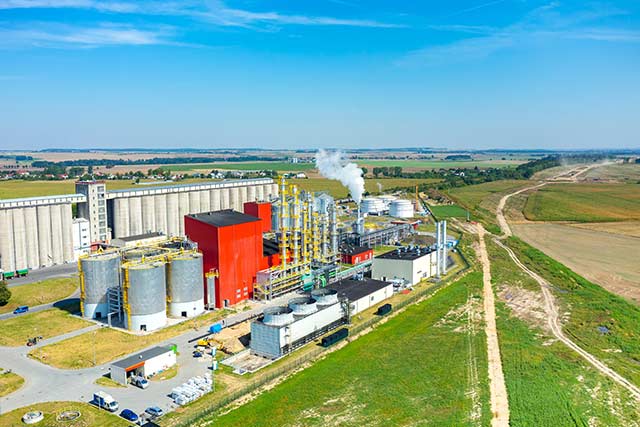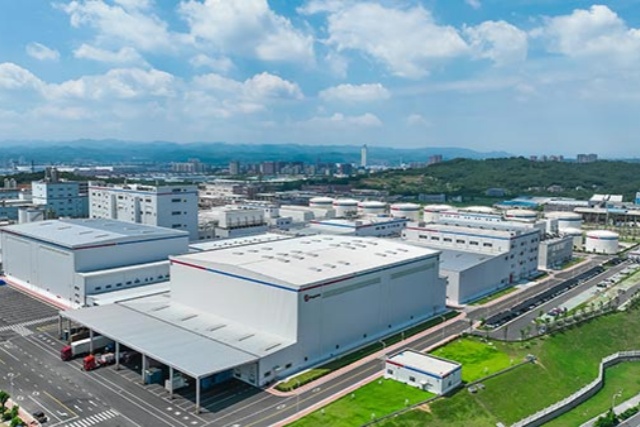By Liao Pei
Dec 29, 2021
During alcohol fermentation, Very high gravity (VHG) fermentation has been widely used in ethanol industry because it can increase the concentration of fermentation mash, improve ethanol yield, reduce waste generation and reduce operation costs. However, VHG fermentation also faces some problems, such as substrate inhibition caused by osmotic stress of high concentration glucose, which makes yeast grow slowly. It is also affected by yeast nutrition, fermentation temperature, dissolved oxygen, viscosity, etc. The following will analyze the key factors of VHG fermentation in the process of alcohol fermentation.

1. Screening and transformation of strains suitable for VHG alcohol fermentation
Under VHG conditions, ethanol tolerant strains are a prerequisite for more effective ethanol production. It is necessary to overcome the influence of high ethanol concentration at the end of fermentation. Compared with general strains, Industrial Saccharomyces cerevisiae strains more suitable for VHG alcohol fermentation were screened in industrial environments because they can accumulate more sterols and trehalose.
At present, much literature has reported that the yeast strain can be transformed by metabolic engineering and genome transformation technology, and it can ferment to 18.7% V / V ethanol. However, Angel has launched a new yeast, Angel Ethanol Active Dry Yeast E, it is a new strain with a high ability to produce ethanol and reduce the content of glycerol in VHG alcohol fermentation, It is widely used in alcohol fermentation in China.
2. Nutritional addition of VHG alcohol fermentation
Under the fermentation conditions of VHG alcohol, selecting appropriate nutrients and controlling their addition are conducive to improving the growth environment of yeast, increasing the alcohol content of final fermentation, and shortening the fermentation time. It has been reported that the addition of lipids, proteins, and vitamins can promote alcohol fermentation and increase the concentration of final ethanol. Under the condition of high concentration fermentation, adding osmotic protectants such as glycine can help to increase alcohol production, yeast survival rate, and sugar utilization. Corn starch was fermented by VHG (340g / L), adding different nitrogen sources in the fermentation. The experiment shows that yeast extract is a good nitrogen source for Saccharomyces cerevisiae. Supplementing a certain amount of yeast extract can make the ethanol yield and fermentation efficiency reach about 20.3% and 84.5% respectively. It is also reported that Mg2 + can significantly improve the ethanol toxicity and high-temperature damage of yeast. Other studies show that Mg2+ and Ca2+ can Improve bacterial tolerance by reducing cell membrane permeability.
3. Other control during VHG alcohol fermentation
In the process of ethanol production, the process control directly affects the yield and yield of ethanol. There are many ethanol production processes, including batch, continuous, multistage batch, and fed-batch fermentation. The continuous fermentation process is not suitable for VHG fermentation because high ethanol content reduces yeast activity and inhibits yeast growth. At present, the research on VHG fermentation is a batch fermentation process, and the production process of synchronous saccharification fermentation (SSF) is adopted. During VHG fermentation, the strains are very sensitive to temperature. When the temperature exceeds 35°C, the fermentation efficiency will decrease significantly with the increase of temperature. In addition, the supply of oxygen can promote the proliferation of yeast and improve its vitality of yeast.
Bacterial contamination control also needs to be paid great attention to the process of alcohol production. Bacterial contamination in the process of alcohol fermentation may be caused by bacteria in raw materials, water, construction period pipelines, and equipment dead corners. The reproduction of these miscellaneous bacteria will consume a lot of carbon sources, nitrogen sources, and other nutrients, and metabolize some acids, to reduce the growth rate of yeast and reduce biomass, Even leading to yeast death. The common bacteriostatic methods are acid treatment and the addition of bacteriostatic agents. The method of acid treatment will increase the difficulty of wastewater treatment because a large amount of sulfuric acid will lead to a high concentration of a sulfur ion in the wastewater. In addition, penicillin and other antibiotics are also used, which can effectively inhibit miscellaneous bacteria.
About Angel Brewing:
Angel brewing focus on the brewing microbial resource industrialization and its industrialized application including global distilling spirit, wine, fermented condiment and global biofuel. The team of angel brewing experts provides brewing microbial products and fermentation solutions to global customers.
About Distilled Spirits and Biofuels Division:
Angel can provide brewing yeasts, ingredients and related technical services for the production of wine, beer, and other brewing liquor. All our products are natural, safe, and of high quality. With the current energy shortages around the world, the production of fuel ethanol through yeast fermentation has become an inevitable trend.
About Angel:
Angel Yeast Company is a high-tech listed company specializing in yeast and biotech. Product business covers Yeast and Baking, Yeast Extract-Savoury, Nutrition & Health and Biotechnology fields. It is one of the world's leading companies in the yeast industry. Angel has 12 holding subsidiaries and provides products and services for more than 150 countries and regions.
For more media information, please contact:
Angel Yeast Co., Ltd.
Yichang, Hubei, China
Ryan Wu
Tel.: +86 717 6353619
Email: wusy@angelyeast.com
en.angelyeast.com







